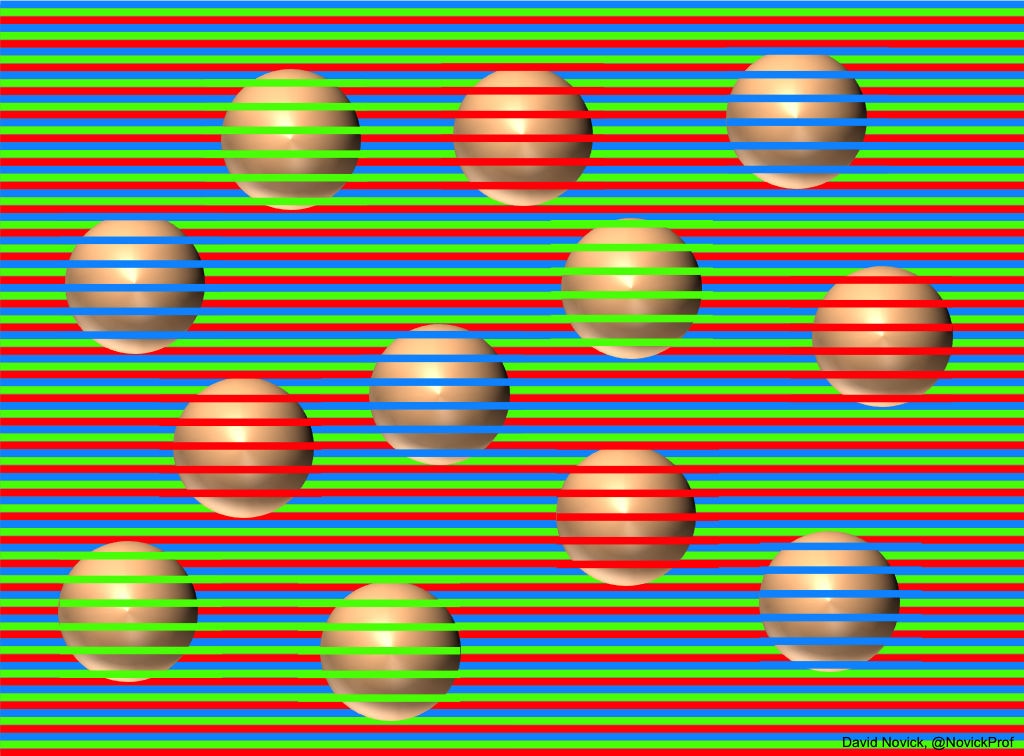Ok - This might be opening a proverbial can of worms but I've been following a thread on another platform where there is a debate running as to whether colour perception is influenced by scale.
To put it in other words - "if I paint my full size xxx in a specific colour and my 1:35 / 1:48 / 1:76 etc scale model of xxx in EXACTLY the same colour (or even the exact same paint) would the scale model 'look' a different colour/shade/hue?"
The colour question also applies to gloss/matt finishes as well.
My own view is that the human eye is not a precise measuring device - I find certain colours/finishes are perceived as more pronounced at a smaller scale ( particularly primary colours and black or white ) and they can make a small scale model look toy-like so using more muted colours can give a better overall impression.
I'm interested to hear individual opinions on this....
Mark
To put it in other words - "if I paint my full size xxx in a specific colour and my 1:35 / 1:48 / 1:76 etc scale model of xxx in EXACTLY the same colour (or even the exact same paint) would the scale model 'look' a different colour/shade/hue?"
The colour question also applies to gloss/matt finishes as well.
My own view is that the human eye is not a precise measuring device - I find certain colours/finishes are perceived as more pronounced at a smaller scale ( particularly primary colours and black or white ) and they can make a small scale model look toy-like so using more muted colours can give a better overall impression.
I'm interested to hear individual opinions on this....
Mark


Comment